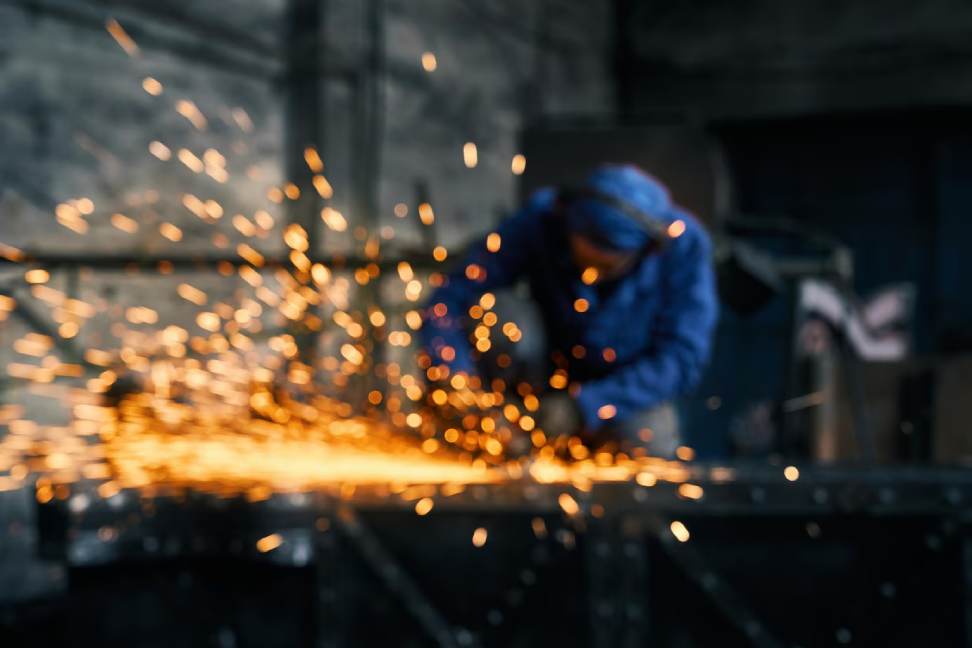Plastic mold manufacturing is a crucial aspect of various industries, ranging from automotive to consumer goods. This process involves the creation of China mold used for shaping plastic materials into desired forms through injection molding.
Injection Molding Process
Injection molding is the primary method used in plastic mold manufacturing. It entails injecting molten plastic material into a mold cavity, where it solidifies to form the desired shape. This process is highly versatile, allowing for the production of intricate and complex designs with high precision.
Types of Plastic Molds
There are several types of plastic molds used in manufacturing, including:
- Injection molds: Used for producing parts in large volumes with high accuracy.
- Compression molds: Ideal for materials that are difficult to flow.
- Blow molds: Employed in the production of hollow objects like bottles and containers.
- Extrusion molds: Used for creating continuous profiles such as pipes and tubing.
Die Casting in China
Die casting is a clear manufacturing process that produces the metal parts through forcing the molten metal into a mold cavity under high pressure. China has emerged as a global leader in die casting, offering advanced technology and expertise in this field.
Die Casting Process
The die casting process begins with melting the metal, typically aluminum or zinc, in a furnace. The actual molten metal injected it into the die cavity at high pressure, where it solidifies rapidly to form the desired part. Once cooled, the part is ejected from the mold, ready for further processing or assembly.
Advantages of Die Casting in China
Die casting offers several advantages, including:
- High precision: Die casting allowing the production of complex shapes and tight tolerances.
- Cost-effectiveness: The high-speed production process reduces labor costs and material waste.
- Surface finish: Die-cast parts have a smooth surface finish, requiring minimal post-processing.
Plastic Mold vs. Die Casting
While both plastic mold manufacturing and die casting are used to produce parts, they have distinct differences in terms of materials, processes, and applications.
Differences Between Plastic Mold and Die Casting
- Materials: Plastic mold manufacturing uses thermoplastics, while die casting employs metals such as aluminum and zinc.
- Processes: Injection molding is used for plastics, while die casting is suitable for metals.
- Applications: Plastic molds are commonly used in industries such as automotive, electronics, and consumer goods, while die casting is prevalent in automotive, aerospace, and industrial applications.
Importance of Quality
Quality control is paramount in both plastic mold manufacturing and die casting to ensure the reliability and performance of the final products.
Ensuring Precision and Durability
By maintaining strict quality standards throughout the manufacturing process, manufacturers can produce molds and parts that meet or exceed customer expectations. This includes thorough inspection procedures, material testing, and adherence to industry regulations.
Trends in China Mold and Die Casting
The mold and die casting China industry is witnessing several trends driven by technological advancements and market demands.
Emerging Technologies
Advancements in automation, robotics, and digitalization are revolutionizing the mold and die casting industry, leading to increased efficiency, productivity, and quality.
Sustainability in Manufacturing
There is a growing emphasis on sustainability in manufacturing processes, including the use of eco-friendly materials, energy-efficient technologies, and waste reduction strategies.
Market Growth Prospects
The increasing demand for lightweight materials, complex geometries, and customized solutions is driving the growth of the mold and die casting market in China. This presents lucrative opportunities for manufacturers and suppliers in the region.
Future Outlook
The future of the mold and die casting industry in China looks promising, with continued innovation, investments in R&D, and strategic collaborations driving growth and competitiveness.
Predictions for the Industry’s Future
- Advancements in materials: The development of new materials with enhanced properties will expand the application scope of mold and die casting.
- Digital transformation: Industry 4.0 technologies such as IoT, AI, and big data analytics will optimize production processes and improve product quality.
- Global partnerships: Collaboration with international partners will facilitate knowledge exchange, market access, and business expansion opportunities.
FAQs
Q: What are the primary advantages of using plastic molds in manufacturing?
A: Plastic molds offer advantages such as cost-effectiveness, design flexibility, and lightweight properties, making them ideal for a wide range of applications.
Q: How does die casting differ from other metal forming processes?
A: Die casting differs from processes like forging and machining in its ability to produce complex shapes with high precision and repeatability, making it suitable for mass production of intricate parts.
Q: What materials are commonly used in die casting?
A: Aluminum and zinc are the most commonly used materials in die casting due to their excellent casting properties, lightweight nature, and recyclability.
Q: What factors contribute to the quality of die-cast parts?
A: Factors such as mold design, material selection, process control, and post-casting treatments play critical roles in determining the quality and performance of die-cast parts.
Q: How is sustainability being addressed in the mold and die casting industry?
A: The industry is adopting sustainable practices such as recycling, waste reduction, energy efficiency, and the use of eco-friendly materials to minimize environmental impact and meet regulatory requirements.
Q: What are the growth opportunities in the mold and die casting market in China?
A: The growing demand for lightweight materials, technological advancements, and increasing investments in infrastructure projects are driving the growth of the mold and die casting market in China.
Conclusion
In conclusion, China plays a pivotal role in the global mold and die casting industry, offering advanced manufacturing capabilities, technological expertise, and a robust supply chain ecosystem. With continuous innovation, focus on quality, and sustainable practices, the future looks bright for China’s mold and die casting sector.
Have A Look :-
- How Do You Get A Business Loan?
- How To Start A Bookkeeping Side Business?
- What Are The 5 Skills Of Good Customer Service?

